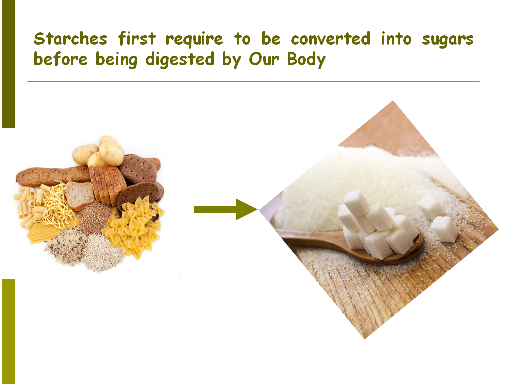NUTRITIONAL INFORMATION – Meats
MOST NUTRITIOUS MEATS:
Weight for weight, most of the butcher’s meats – PORK, MUTTON – have about the same food value, differing chiefly in the amount of fat that is mixed in with their fibers, and in certain flavoring substances, which give them, when roasted, or broiled, their special flavors. The different flavors are not of any practical importance, except in the case of mutton, which some people dislike and therefore can take only occasionally, and in small amounts.
FAT in Meats:
The amount of fat in meats, however, is more important; and depends largely upon how well the animal has been fed. There is usually the least amount of fat in mutton, and by far the greatest amount in pork. This fat adds to the fuel value of meat, but MAKES IT A LITTLE SLOWER OF DIGESTION; and its presence in large amounts in pork, together with the fact that it lies, not only in layers and streaks, but also mixed in between the fibers of the lean as well has caused this meat to be regarded as richer and more difficult of digestion than MUTTON. This, however is not quite fair to the PORK, because smaller amounts of it will satisfy the appetite and furnish the body with sufficient fuel and nutrition. If it be eaten in moderate amounts and thoroughly chewed, it is a wholesome and valuable food.
THE OTHER Meats :
Chicken, Duck, and other Poultry, Game, etc. are of much less nutritive value than either PORK, or MUTTON, partly because of the large amount of waste in them, in the form of bones, skin, and tendons, and partly from the greater amount of water in them. But their flavors make them an agreeable change from the staple meats.
FISH:
Fish belongs in the same class as poultry and consists of the same muscle substance, but, as you can readily see by the way that it shrinks when dried, contains far more water and has less fuel value. Some of the richer and more solid fishes, like salmon, halibut, and mackerel, contain, in addition to their protein, considerable amounts of fat and, when dried or cured, give a rather high fuel value at moderate cost. But the peculiar flavor of fish, its large percentage of water, and the special make-up of its protein, give it a very low food value, and render it, on the whole, undesirable as a permanent staple food. Races and classes of people who live on it as their chief meat-food are not so vigorous or so healthy as those who eat also the flesh of animals. As a rule, it is not best to use fish as the main dish of a meal oftener than two or three times a week.




Share the Post